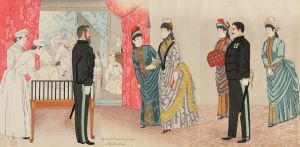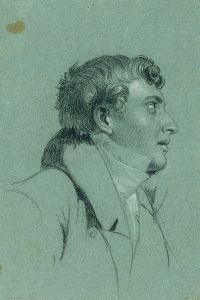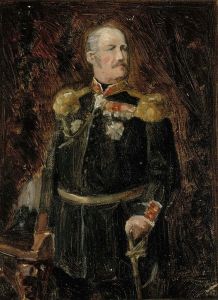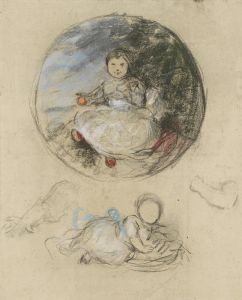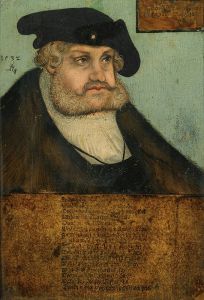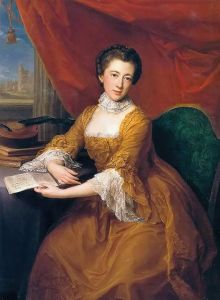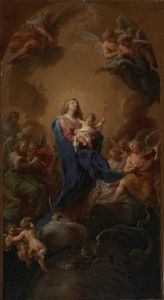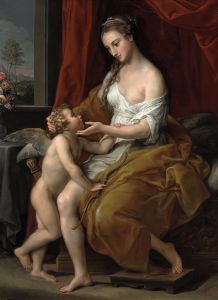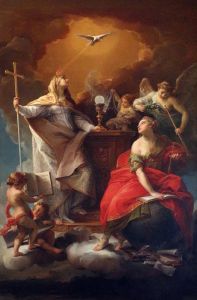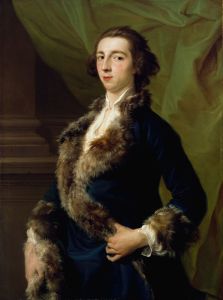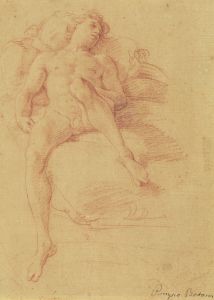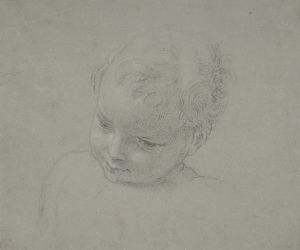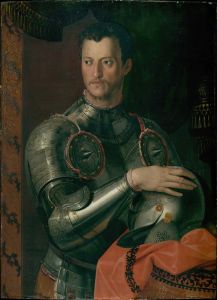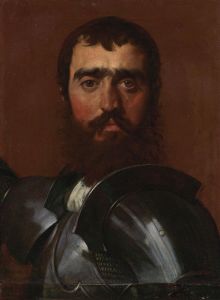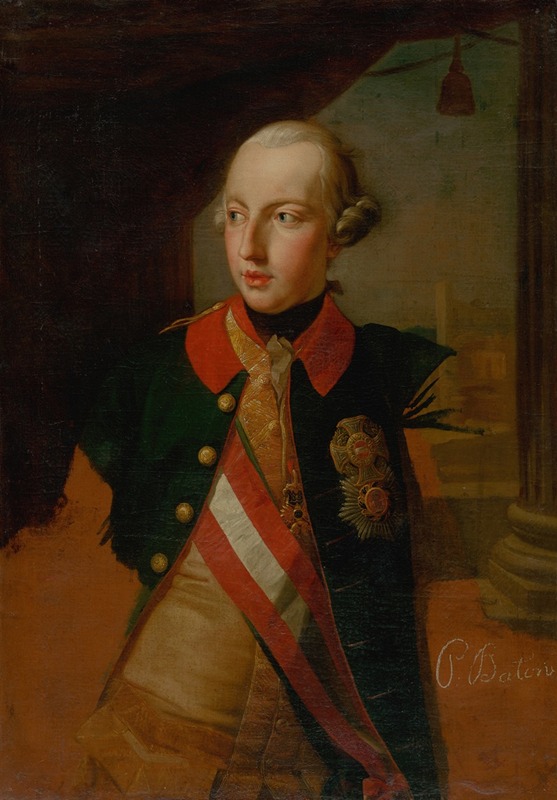
Study for the Portrait of Emperor Joseph II
A hand-painted replica of Pompeo Batoni’s masterpiece Study for the Portrait of Emperor Joseph II, meticulously crafted by professional artists to capture the true essence of the original. Each piece is created with museum-quality canvas and rare mineral pigments, carefully painted by experienced artists with delicate brushstrokes and rich, layered colors to perfectly recreate the texture of the original artwork. Unlike machine-printed reproductions, this hand-painted version brings the painting to life, infused with the artist’s emotions and skill in every stroke. Whether for personal collection or home decoration, it instantly elevates the artistic atmosphere of any space.
Pompeo Batoni's Study for the Portrait of Emperor Joseph II is a preparatory work created by the renowned Italian painter Pompeo Batoni (1708–1787), who was celebrated for his portraits of European aristocracy and royalty during the 18th century. This study was part of Batoni's process in creating a formal portrait of Joseph II, Holy Roman Emperor (1741–1790), a significant figure in European history known for his reforms and role in the Enlightenment.
Batoni was highly sought after by members of the European elite, particularly during their Grand Tours, and his portraits often combined elements of classical antiquity with the sitter's personal identity and status. The Study for the Portrait of Emperor Joseph II reflects Batoni's meticulous approach to capturing the likeness and character of his subjects. While the final portrait of Joseph II is well-documented, this study provides insight into Batoni's artistic process, showcasing his ability to render detailed facial expressions and refine compositional elements before completing the final work.
The study is believed to have been executed in the mid-18th century, during Joseph II's rise to prominence as a co-regent with his mother, Empress Maria Theresa, or shortly after he became Holy Roman Emperor in 1765. The work likely served as a preparatory sketch to ensure accuracy and to experiment with the depiction of the emperor's features, attire, and posture. Such studies were a common practice for Batoni, who was known for his precision and dedication to his craft.
The medium of the study is not definitively recorded, but Batoni often worked with oil on canvas or chalk and paper for his preparatory works. The study would have been part of a larger process that included consultations with the sitter or their representatives, as well as adjustments to meet the expectations of the imperial court.
The current location of the Study for the Portrait of Emperor Joseph II is not widely documented, and it is unclear whether it resides in a public collection, private ownership, or has been lost over time. However, Batoni's completed portraits of Joseph II and other members of the Habsburg family remain significant examples of 18th-century portraiture and are housed in prominent institutions.
Pompeo Batoni's work, including his studies and finished portraits, continues to be celebrated for its technical excellence, elegance, and ability to convey the stature and personality of his subjects. The Study for the Portrait of Emperor Joseph II represents an important step in the creation of a portrait that would have been intended to immortalize one of Europe's most influential rulers.





